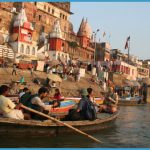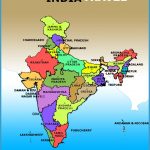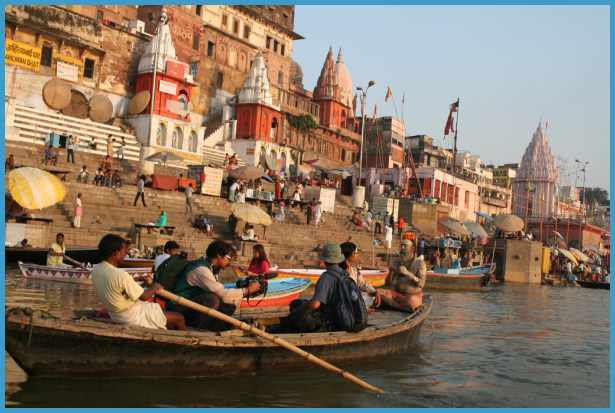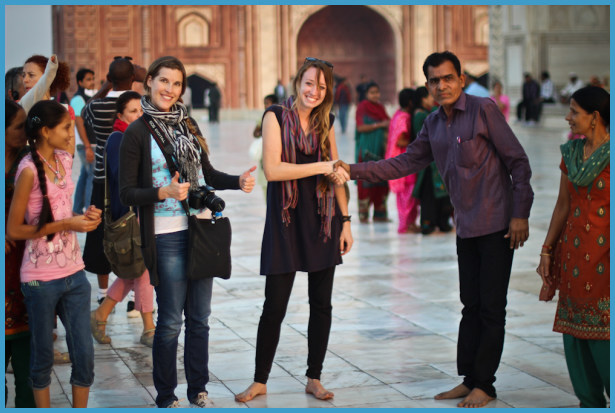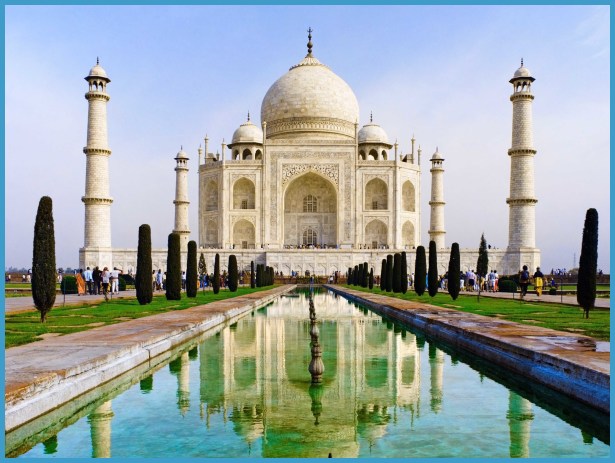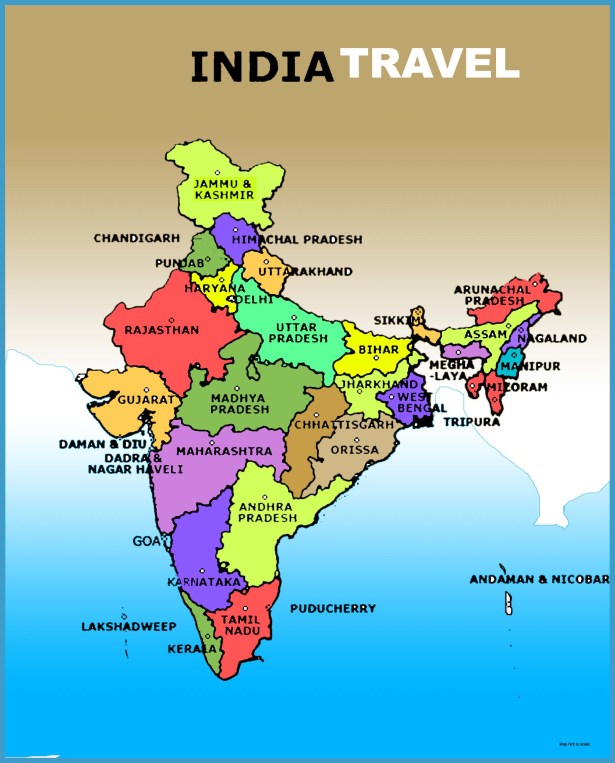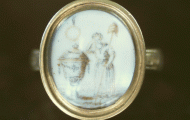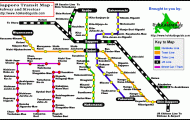Religion Brings Latinos Together
Nationalism and religious beliefs have helped Mexicans, Puerto Ricans, and other Latinos forge a sense of community. Some of the first organizations that earlier Mexicans created were mutual aid societies. At a time when there was no government safety net such as Social Security, Medicaid, pension funds, or labor unions Mexicans relied on small self-help organizations to solve emergencies stemming from sickness, job loss, or death. But cultural survival was as important as material well-being. During the first decades of the twentieth century, most Mexicans saw their stay in Indiana as temporary. Few became U.S. citizens, and therefore the majority kept a strong allegiance to the Mexican nation. A considerable amount of organizing, energy, and resources went every year into the celebration of the fiestas patrias (festivals celebrating key holidays in the migrants’ home country), commemorating Independence Day, on September 16, and glorious battles such as Cinco de Mayo, which celebrates the defeat of the French invaders on May 5, 1862.
Rivaling patriotic fervor were religious celebrations that marked the Mexican calendar with massive demonstrations of faith and piety during Holy Week processions, and the celebrations of the Day of Dead and the Feast of Our Lady of Guadalupe. Though on a smaller scale, quinceaneras (coming-of-age celebration for a girl on her fifteenth birthday), christenings, and weddings also provided opportunities for people to get together, celebrate, and renew their traditions and ties with one another. The Catholic churches provided a sense of coherence to the colonias from the beginning. In the Indiana Harbor section of East Chicago, for instance, Mexicans had their own Our Lady of Guadalupe parish since 1925. Throughout the ensuing decades, and especially during trying times such as the Great Depression, Mexicans found solace and support in their churches. Parish members were organized by gender and age for an array of devotional, civic, and recreational purposes. They formed Los Obreros, Madres Catolicas, Las Guadalupanas, Legion de Marla, Junior and Senior Catholic Youth Organizations, and Our Lady of Victory Sodality, among other bodies, which instilled a sense of community among practicing Catholics. Mexicans in East Chicago had their first Catholic school founded in 1947.
When new national groups, such as the Puerto Ricans and Cubans, became part of the Latino community in Indiana, they also brought with them civic and religious holidays to celebrate. The Catholic background common to the majority of Latinos allowed them to share in each other’s celebrations, so that to the Mexican Our Lady of Guadalupe, the Puerto Ricans added their patron saints, such as Our Lady of Divine Providence, Our Lady of Montserrat, and the Feast of Saint John the Baptist. For their part the Cubans brought later their cult to Nuestra Senora de la Caridad del Cobre (Our Lady of Charity).
The Catholic Church was the only institution familiar to Mexicans as they settled in Indiana. Their first experiences with the Church were unpleasant, though. They came from a Latino tradition that had little in common with the U.S. and European versions of Catholicism. Euro-American Catholics were resisting efforts by the clergy to assimilate the newcomers. There were few Spanish speaking priests in the beginning, and Mexicans were expected to contribute monetarily to the Church. Some preferred not to attend mass rather than part with a substantial share of their meager income. In the 1920s, a steel worker related that in Mexico [we] just went to church and it didn’t cost anything if we didn’t have money. Here it cost twenty-five cents at the door and twenty cents in the plate.19 Although most Catholic ethnic groups had their own parishes, Mexicans waited until 1924 to form their first congregation in Gary, when they built the parish of Our Lady of Guadalupe, under the auspices of Bishop Alerding.
Today as in previous decades the Catholic Church enjoys the trust of Latinos like no other U.S. institution. The dioceses of Indianapolis, Fort Wayne, South Bend, and Lafayette have been flooded with migrants. Therefore, the Church faces a grave responsibility with the sprouting of new and larger Latino settlements in the state. The mushrooming Latino population throughout Indiana demands pastoral care and assistance in solving urgent spiritual and material needs, especially services in Spanish, advocacy on immigration matters, and access to Catholic schools. However, the Church has neither moved fast enough to train its personnel, nor has it allocated the economic resources to adequately meet such needs. There are, for instance, 62 churches in the Diocese of Lafayette; however, parishioners may listen to Spanish mass in 16 of them. Not one Latino priest is found in the diocese, and two deacons are employed to serve Latinos in all 62 parishes. In response to the deficits in resources and human power, some initiatives are being developed by individual dioceses and branches of the Catholic Church. One example of these efforts is the Instituto Cultural del Medio Oeste, a program the Jesuits are implementing in several dioceses that seeks to prepare lay Latinos in leadership skills so that they organize themselves and start addressing their own needs within the Church and in the wider society.
Protestants have made inroads among the Mexican population since the beginning of their arrival in Indiana. At a time when migrants were vulnerable, Protestants approached Mexicans with offers of help in securing lodging and food. During the Great Depression they were instrumental in providing aid to the hungry and unemployed. Protestants also raised funds to defray travel expenses for those returning to Mexico during times of crisis such as the Great Depression. Although proselytism went hand in hand with the succor provided in times of need, few Mexicans seemed to have really abandoned their traditional faith.
Nevertheless, the number of Latino Evangelicals and Pentecostals expanded with the Puerto Rican migration. In contrast to Mexico, Puerto Rico was a place where certain types of Protestantism had been thriving since the beginning of the twentieth century. As Puerto Ricans started to make Indiana their home, they opened new Evangelical and Pentecostal churches, such as La Primera Igle-sia Cristiana de Gary in 1956. Soon afterwards, other churches followed in East Chicago, and they have not stopped spreading to all areas of Latino settlement.
There is an ongoing tug-of-war between the Catholic and Protestant denominations. In recent years that competition has been heightened by the inability of the Catholic Church to reach out and serve adequately all the migrants who have come knocking at its doors. Christians of the Protestant varieties popular among Latinos require a short formal training to become pastors and little start-up capital to found a church, which can be established in a rented storefront and with few congregants, family members, and a few other believers. The Catholic Church’s perception is that its insufficiency of personnel and resources leaves the flocks open to non-Catholic proselytism. Today’s Catholic clerical and lay leaders couch their concerns in the language of competition; they feel that with every day that passes Evangelicals and Pentecostals are stealing from them a bigger share of the religious market.

